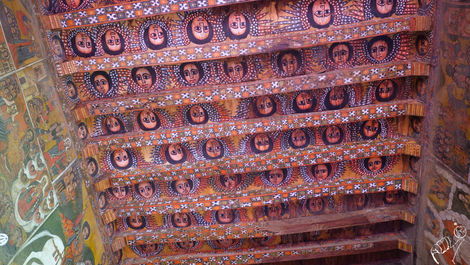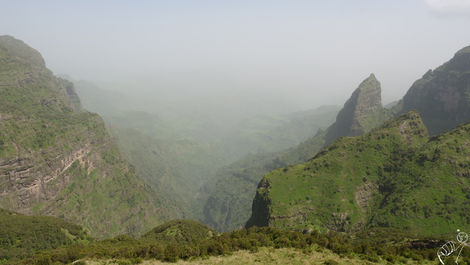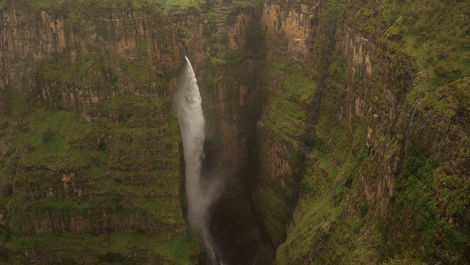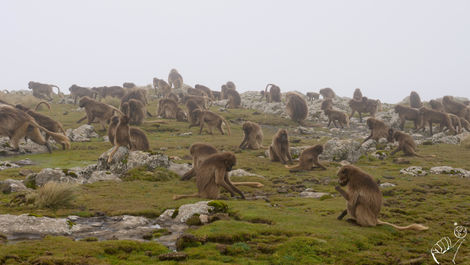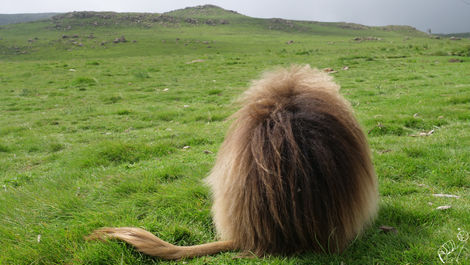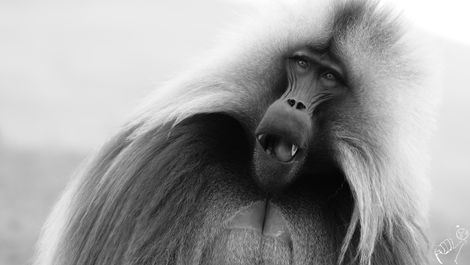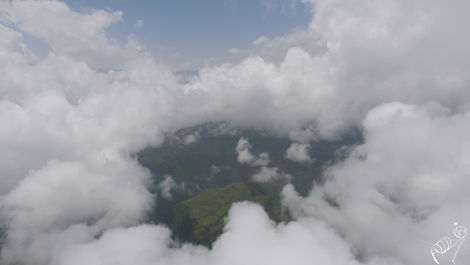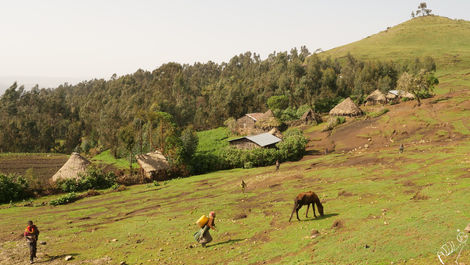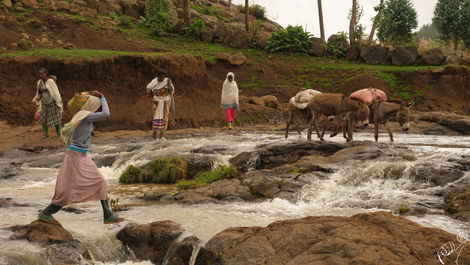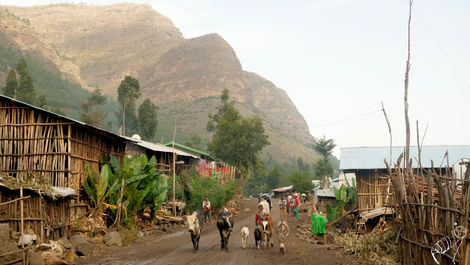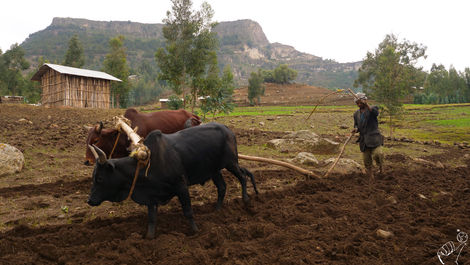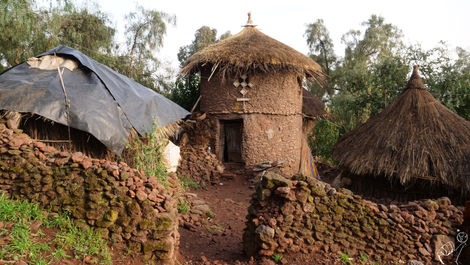top of page


THE WORLD BY THUMB
100% hitchhiking - 100% world tour - Since 2013 - By Florence Renault
ETHIOPIA
From June 25th to July 27th, 2019
Travel Story
You", "Money", Birr Birr "(= Ethiopian money)," Gift "," Pen "... These are the cries I hear hundred times a day on my way. Groups of children run to me and my "No, no" do not dissuade them from following me for several hundred meters.
Added to this are the drunkards zig-zagging in the streets, the beggars lying under a roof, the nuns, the mothers or any opportunist who crosses my path ... No smile, no hello. They want money from the "white rich girl". And it is cold. It is raining. Everyday. Ethiopia is a shock compared to climatic and human warmth of Sudan.
Despite the general Internet shutdown in Sudan and Ethiopia decreed following political instabilities, I manage to meet again with Sebastian who has been waiting for me for a week in Gonder. He tells me his stores about his problems at the airport arrival, the cuts of internet, water and electricity, the tuk-tuk driver who tried to steal his backpack and the drunk man who attacked him in the street.
Ethiopia is one of the poorest countries on the planet. On my 6 years hitchhiking world tour, I saw poverty but never so much misery and so many beggers. This country is a journey back in time, with mud houses, plow-plowed fields and barefoot villagers wrapped in a large white clothes with blue borders. This decor reminds me of Indonesia and Burma.
But Ethiopia is unique by its language the amharic, its alphabet, its too spicy food, the tattooed crosses on the fronts of Christian women, the churches of Lalibela carved into the rock in the XIIth century, the castles of the XVIIth century, gelada baboons... It is one of the few African countries that has never been colonized. Crisp breads and pasty spaghetti are the last traces of Italian occupation during the Second World War.
Despite the daily rain, I really enjoy our five-day trek in the mountains of the Simien National Park where I see many Geladas baboons and Menelik bushwicks. Our mandatory guard protects us with a riffle from eventual hyenas and leopards, but especially from thieves.
Hitchhiking across the country is slow. Some roads have been recently built but most of them are bad. Cars are rare and most of them don't want to give free rides. We manage to travel with trucks or NGO jeeps. We sympathize with two boys and a girl who are driving to Addis Ababa. Roadside stop to buy bags of colt from a villager who begs our new Ethiopian friends to take her baby boy. I do not understand amharic but I feel the discomfort and naivety of this villager hoping for a better life for her son in the capital.
Tired physically and morally, we stop for ten days in Addis Ababa. We are first hosted by Lil, an Ethiopian rasta couchsurfer and then in an Airbnb where we rediscover the simple joys of a hot shower, a wifi that works pretty much and a soft bed. There is no Orthodox church nearby, so we can sleep properly without being woken up by the long prayers sung in the loudspeakers in the middle of the night.
At the National Museum, we visit Lucy, the most famous skeleton but not the oldest (3.2 million years old)! Later Selma (3.3 million years) and Ardi (4.4 million years) were discovered. It is strange to think that if Ethiopia is the cradle of humanity, then I am passing through the land of my ancestors and I am a depigmented African myself!
While our researches for volunteering in Kenya are not successful, I get in contact online with Habib, a Kenyan who offers to leave us his beach house during his three weeks of vacation. He leaves in a week. We have to travel 2000 kilometers across the south of Ethiopia and all Kenya, it will be intense but it is duable! So we pass the border of Moyale with some relief.
"Hakuna matata", as they say here! (= no problem in Swahili, the language of Kenya)
Photographies of Ethiopia
Video: Hitchhiking Across Ethiopia




bottom of page





